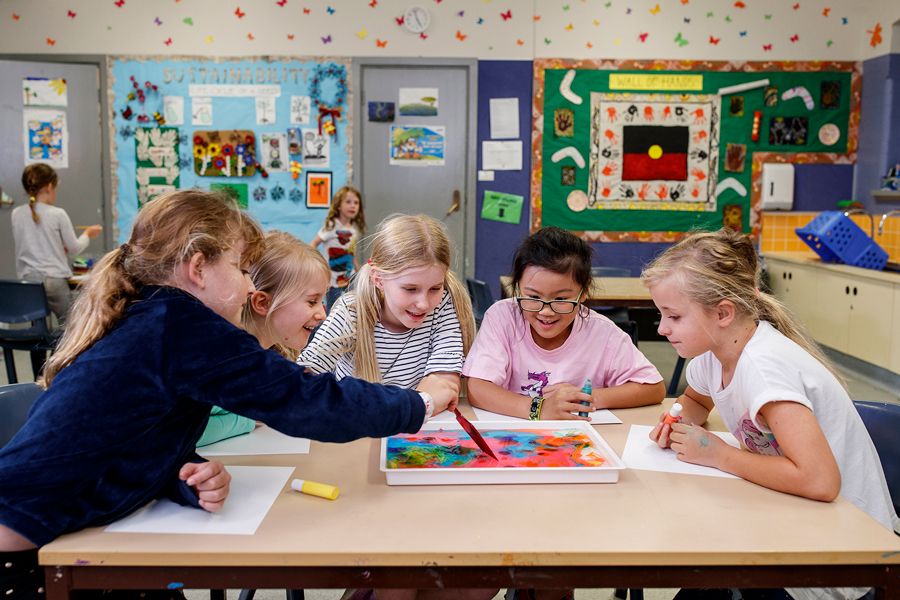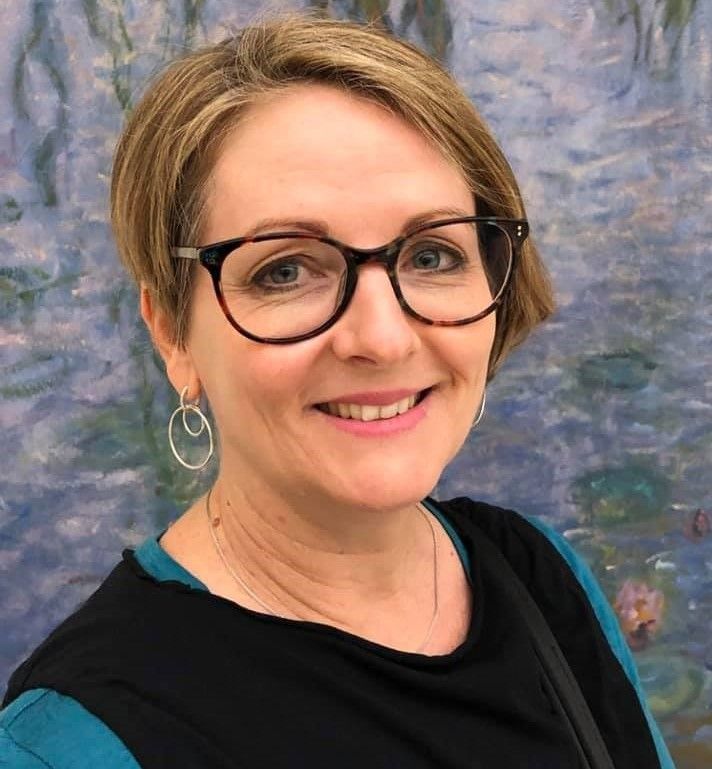News & Blog

Blog - 02 March 2022
How to Encourage Creativity in Children
This article has been written by Dr. Gai Lindsay, School of Education, University of Wollongong
It goes without saying that creativity is considered to be important and desirable – in life, art, engineering and architecture and, of course, in education. In fact, taking part in playful and creative activities is a human right (Article 31, Convention on the Rights of the Child). The words ‘creative’ and ‘creativity’ are used to describe all sorts of actions and you often hear people say, “that’s so creative!” or “you’re so creative!” And yet, lots of people emphatically state that they are not creative, mistakenly believing expertise with drawing or art-making defines creativity. Some people even think creativity is a magic gift that few people are born with, forgetting that developing any skills and abilities in any area of life takes practice and effort.
When you look at a child and comment positively about their creativity, what are you focussing on? What tells you that a person is creative? Or, is it just something we say to encourage children to draw, to think, to create without actually being able to specifically define the actions or dispositions behind the label of ‘creativity’? How can we effectively nurture creativity if we aren’t even sure how to define it?
Creativity is defined by the Cambridge dictionary as ‘the ability to produce or use original and unusual ideas.’ But what does that actually look like in action? Who determines whether an idea or action is unusual or original? To me, that kind of assessment would impose performance pressure and guarantee that the flow and freedom of creative exploration and play could be squashed! And yet, Sir Ken Robinson in his TED Talk suggests that many of the ways we educate children do just that. My own research has shown that adults often have strong memories about times in their childhood when their belief in themselves as artistic or creative was negatively impacted by the comments or actions of teachers or parents.
Instead of expecting children to simply ‘be creative’, it is more helpful to foster children’s dispositions for exploration, inventiveness, focus, experimentation, risk-taking, persistence and curiosity – the very dispositions that can support their potential for creativity in the future. Developing these kinds of 21st Century skills will help children thrive in futures we cannot even imagine; where the jobs they will do, the problems they will face and the worlds they will lead are completely unknown and largely unpredictable.
Harvard’s Project Zero’s framework for 21st Century excellence in education suggests that we need to stop thinking about children only as future citizens who must be prepared for future success. This kind of thinking is often the justification for narrow learning, where children are taught to perform well in tests, rather than supporting children to ‘learn how to learn’ and develop a love for learning. It is important to create rich environments that value children’s potential and multiple intelligences and build on children’s curiosity through topics that are meaningful and interesting to them. Where children are inspired to express their scientific ideas through drawings or to learn about fractions through dancing and music. When we think of children as “current active citizens in the here and now” we will be more likely to honour their human right to experience high quality play and learning experiences that support them to flourish (Krechevsky, Gray Wilson & Gonzalez, 2020).
Everyone has the potential for creativity, but we need to build the conditions and environments that foster children’s creative thinking.
Things to AVOID:
- Don’t take over. Let the child take charge of their own creative play and exploration.
- Don’t answer every question with a factual answer. You might know the answers, but being too eager to prove how much you know steals children’s opportunity to learn through experience. It is more important that children are supported to wonder and hypothesize, experiment and explore than have the adults in their lives fill in all of the blanks and answer all of their questions
- Don’t solve every problem for children. When you cut off the wondering with quick solutions, it sends children the message that there are right and wrong answers and suggests that adults know better and that children’s ideas and theories are inferior.
Things to DO:
- Provide children with opportunities to become familiar with all sorts of objects, loose parts, materials and tools. E.g. arts materials, microscopes, scales, calculators or construction sets. When children master techniques and processes, they will have the confidence to think outside of the square and to combine ideas to create unique solutions.
- Give children the time to engage in rich play and exploration with materials; time to experiment with how to use them and what they can do. Rushing children to perform to adult agendas and schedules will shut down inventiveness.
- Set up experiences in unusual contexts. E.g. What explorations and experimentation might occur if you put cooking scales in the sandpit, ropes and pulleys in the fort or a magnifying glass at a drawing table set up under a tree?
- Nurture reflection and risk-taking. E.g. When children’s attempts fail, don’t be too quick to solve the problems for them. Instead help them to value that failure is a pathway to solutions and creative problem solving.
- Introduce challenging experiences. E.g. Provide children with tools to deconstruct an old appliance (remove electrical cords first) and then challenge them to design an artwork or design using the loose parts.
- Pay attention, value and notice children’s unexpected discoveries.
- Foster wondering and provoke further exploration by asking questions that extend children’s thinking about their theories and the things they are interested in. Ask questions such as:
- I wonder….?
- How could we learn more about…?
- I wonder what else you could try?
- How do you think that happens?
- Can you take a photo/do a drawing to explain your thinking?
Children are naturally curious. They want to figure out how the world around them works. In fact, meaning-making and wondering are in their DNA…and in yours as well if you choose to rediscover and relearn how to engage in playful exploration!!
So have fun, value children’s ideas and believe in children’s brilliance as both current and future citizens!
Dr. Lindsay is a partner in Camp Australia’s Big Art Comp, providing valuable resources for families and being on the judging panel for submissions into this initiative. The competition is open until 27 March.

Csikszentmihalyi warns that “If too few opportunities for curiosity are available, if too many obstacles are placed in the way of risk and exploration, the motivation to engage in creative behaviour is easily extinguished” (Csikszentmihalyi, 1996).
Csikszentmihalyi, M. (1996). Creativity: Flow and the Psychology of Discovery and Invention. New York: Harper Collins Publishers.

Dr. Gai Lindsay is a lecturer in The Early Years degree at the University of Wollongong. Her PhD explored the visual arts beliefs and teaching practices of educators in early childhood settings. Her research and teaching work focuses on visual arts education, arts-based learning and John Dewey’s philosophies of education and art. She is currently engaged on the advisory board of the Bright Start Foundation International Voices of Children initiative. Before entering academia, Gai worked for more than twenty years as a preschool teacher, director and early childhood consultant. Her goal is for all children and adults to experience the joy and satisfaction of meaningful ark-making and quality visual arts learning experiences.
